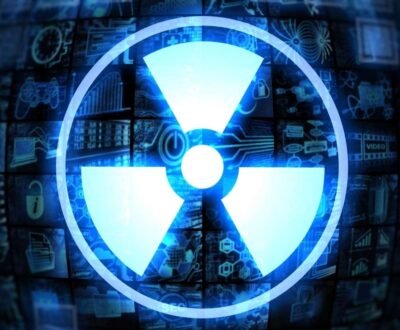The American Cancer Society (ASC) published guidelines pointing to the effectiveness of breast MRI in regard to women with high risk for cancer. Breast Magnetic Resonance Imaging (MRI) uses magnetic fields to create an image of the breast. The ASC recommends that women at high risk for breast cancer should have an annual mammogram with annual breast MRI. There is growing evidence that breast MRI along with mammography can increase detection of breast cancer in certain women with high risk. Breast MRI screening that detects cancer in a high risk women at an early stage would allow the option of lumpectomy instead of mastectomy and making treatment less debilitating.

The first data published at the University of Bonn in Germany for women at high genetic risk by Dr. Christiane Kuhl, Vice chairman and professor of radiology demonstrates that the sensitivity of breast MRI was more than double that of mammography and ultrasound combined. In recent studies it shows that breast MRI doubled the sensitivity of diagnosing Ductal Carcinoma In Situ (DCIS) and high-grade DCIS in comparison to digital mammography. According to Kuhl breast MRI was positive in 92% cases, while mammography was positive in only 56% cases.
It is recommended that women at high risk for breast cancer undergo an annual breast MRI in addition to an annual mammography for certain risk factors: such as 1. BRCA 1 or BRCA 2 genetic mutations or a lifetime risk. 2. A strong family history of breast cancer diagnosed at the age of 40 or below 40 years. 3. A personal history of invasive breast cancer. 4. A personal history of DCIS or atypical hyperplasia.
In case of familial hereditary breast cancer frequent screening is advised as early as 30. In these cases mammograms may not be diagnostically accurate as women at the age of 30 will have denser fibrograndular tissue, and high parenchymal density. This will lead to higher absorption rate of x-rays. BRCA 1 tends to show benign, morphologic features which are not accurate. Dr. Christiane Kuhl used mammography and ultrasound on a case-by-case basis; this made screening of young high risk women more effective.
In breast MRI screening, once cancer is suspected it has to be reviewed and interpreted by breast MRI CAD, which takes an experience reader at least one hour. There is a chance of high recall rates and a high level of false positives which are the negative aspects of breast MRI, but with experienced radiologist both can be reduced.
Many patients are unaware of the availability of breast MRI as a screening tool and that the breast MRI screening guidelines were never discussed with the patients. There are articles and studies from medical communities and genetic counsellors, breast surgeons and gynaecologists. There are sites where radiology practices with renowned experts in breast MRI are available. In addition easy internet access to information has increased. This is very helpful in educating women.
About us and this blog
We are a teleradiology service provider with a focus on helping our customers to repor their radiology studies. This blog brings you information about latest happenings in the medical radiology technology and practices.
Request a free quote
We offer professional teleradiology services that help hospitals and imaging centers to report their radiology cases on time with atmost quality.
Subscribe to our newsletter!
More from our blog
See all postsRecent Posts
- Understanding the Challenges of Teleradiology in India January 19, 2023
- Benefits of Teleradiology for Medical Practices January 16, 2023
- Digital Transformation of Radiology January 2, 2023









